
WHAT IS A PRIVATE SAFARI?
24 April 2025
KENYA’S BEST LUXURY SAFARI LODGES
24 April 2025
WHAT IS A PRIVATE SAFARI?
24 April 2025
KENYA’S BEST LUXURY SAFARI LODGES
24 April 2025ADVENTURE STORIES
TRIP REPORT: INCREDIBLE INDIA
Stepping into India is like diving headfirst into a living tapestry of culture, color, and history. From the moment we arrived, we were enveloped by the country’s vibrant energy. Nowhere is this more evident than in the bustling streets of Delhi—alive with honking rickshaws, fragrant street food, and an energy that’s uniquely its own. It’s a sensory experience that captivates you instantly.
While our time in the capital was brief, it was unforgettable. But our true purpose in India lay beyond the city’s chaos—in the heart of its wild landscapes. We set off to explore the country’s incredible national parks, hoping to catch a glimpse of majestic tigers and the rich variety of wildlife and bird species that call these untamed spaces home.
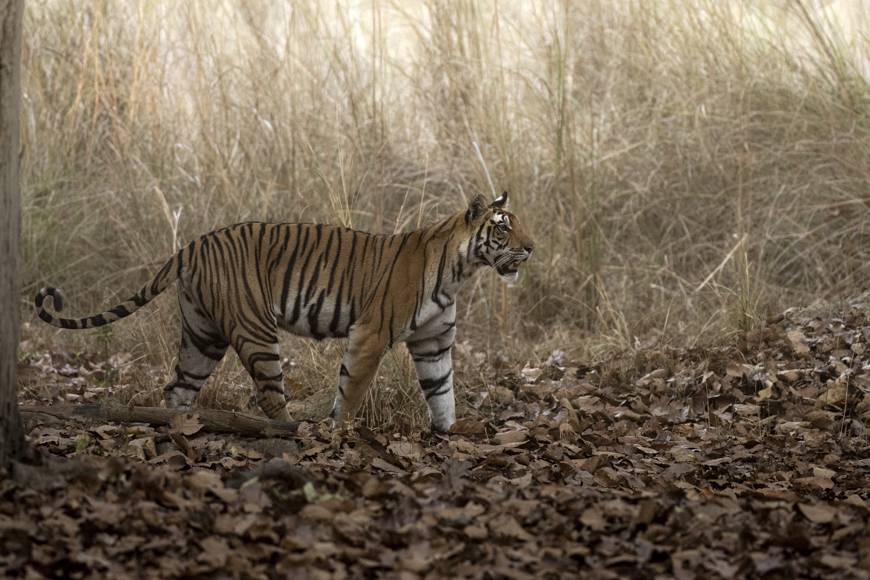
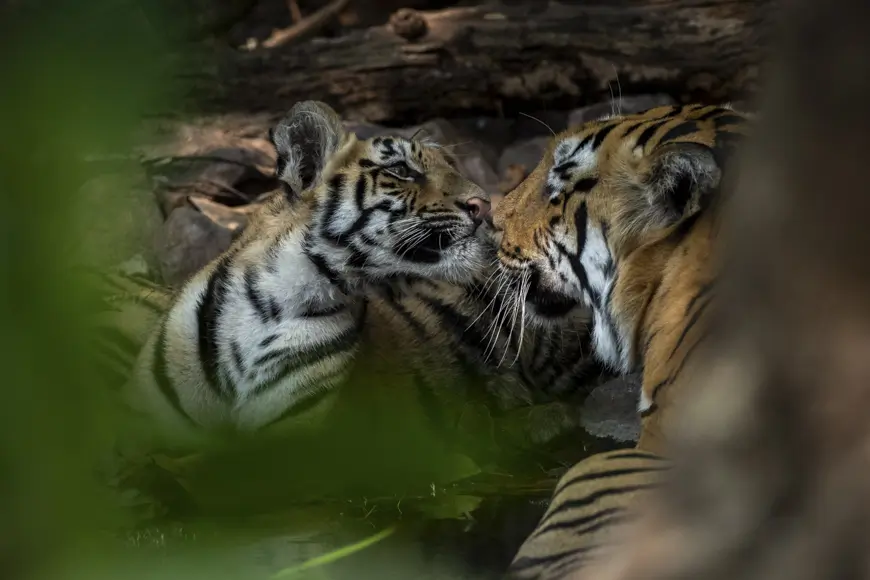
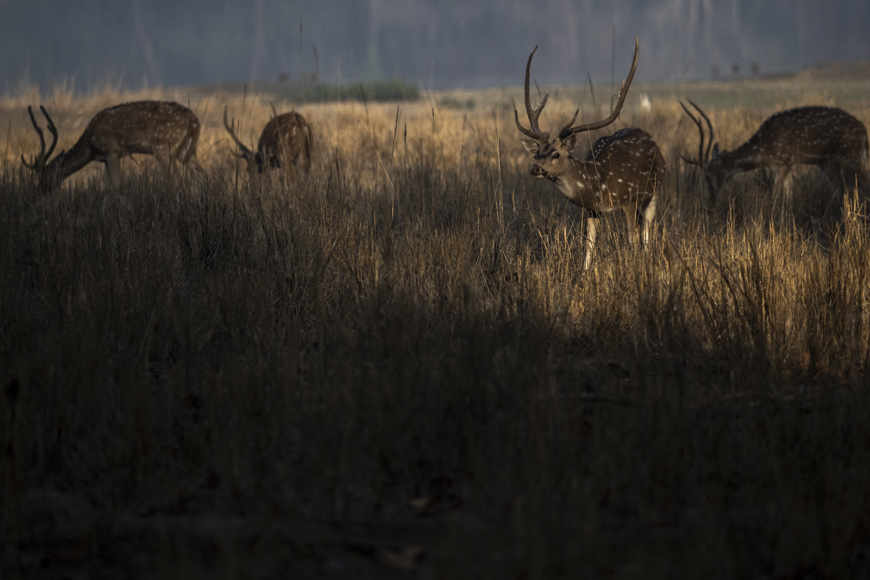
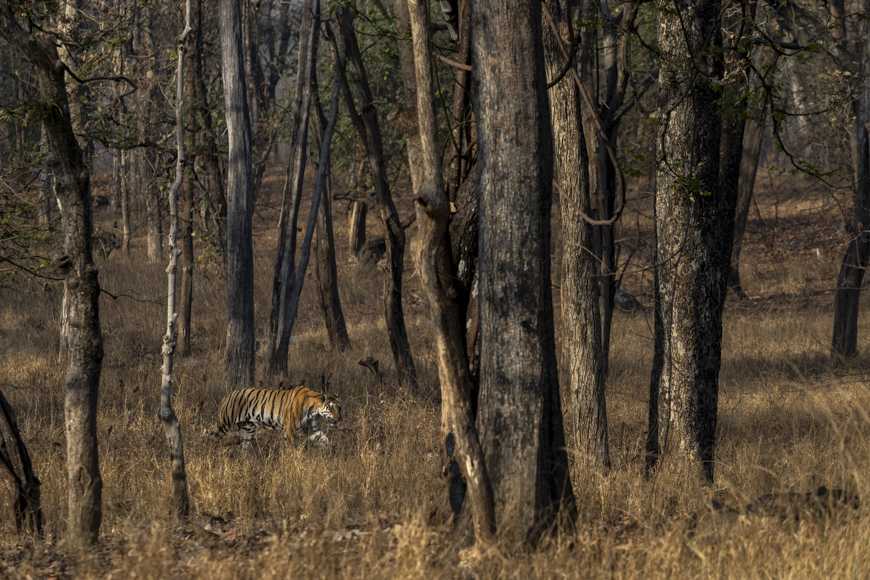
Game Drives
Tiger sightings
Individual tigers
Our Indian wildlife adventure began with a three-night stay in Tadoba Andhari Tiger Reserve, a gem nestled in the heart of Maharashtra. Tadoba is renowned for its dense population of tigers, making it the perfect place to satisfy our initial “tiger fever.” The anticipation was high—and the park did not disappoint.
Right from our first game drive, we were greeted by the raw beauty of the Indian jungle, its dusty trails winding through teak forests and bamboo groves. Over the course of our stay, we were fortunate to witness several tiger sightings, each more exhilarating than the last. But the true highlight—and one that will stay with me forever—was discovering a tigress with her three playful cubs at a secluded waterhole. With only three vehicles present, it felt like a private audience with royalty.
The cubs, at first wary of our presence, kept to the edges, their wide eyes filled with curiosity and caution. But as soon as their mother emerged—graceful, confident, and protective—their demeanor changed. Her calm energy reassured them, and we watched, mesmerized, as the family relaxed, played, and cooled off in the water. It was my first time spending such an extended moment with tiger cubs, and the experience was nothing short of magical.
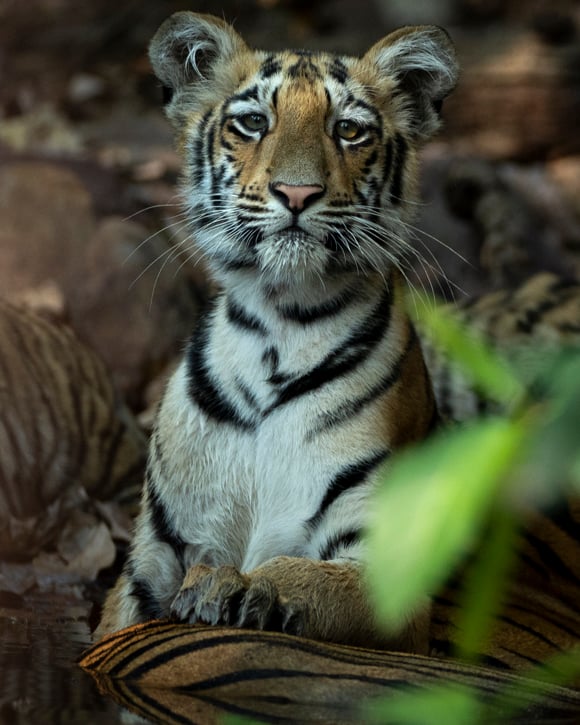
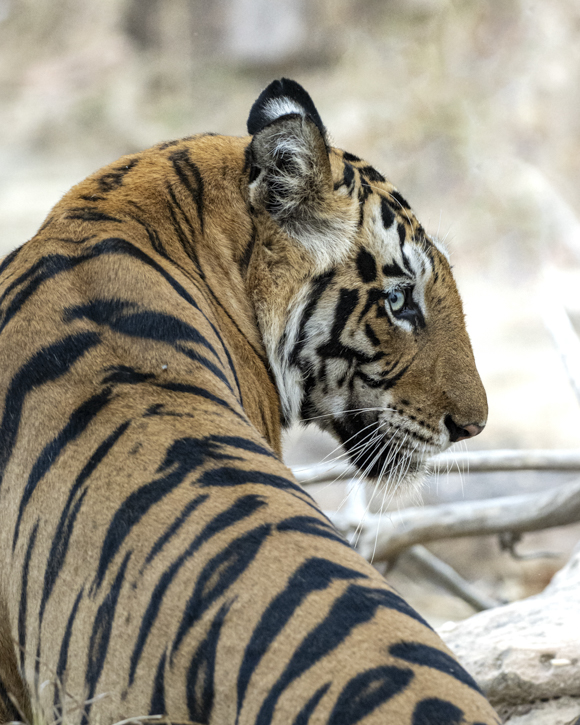
After an unforgettable stay in Tadoba, we embarked on a five-hour drive to Pench National Park, another jewel in Central India’s wildlife circuit. Pench, with its mix of dry deciduous forest and open meadows, offered a different experience altogether. Here, our focus shifted slightly—from tracking tigers to enjoying the park’s rich variety of general game and its vibrant birdlife.
Still, the tigers hadn’t finished with us just yet. One of our most memorable sightings was of a stunning tigress taking a leisurely swim to beat the midday heat. She moved through the water with effortless grace, eventually emerging onto the riverbank, where she shook off droplets and strolled into the forest with the poise only a tiger can possess.
While we hoped for a glimpse of the elusive leopard in Pench, luck wasn’t on our side this time. But with such intimate tiger encounters and the diverse array of wildlife that filled our days—from chattering langurs to vibrant kingfishers—it hardly felt like a loss.
After an unforgettable few days in Pench, we set off on a scenic three-hour drive to Kanha Earth Lodge, tucked away on the edge of the legendary Kanha National Park. The journey itself was a feast for the eyes—rolling hills, vibrant villages, and stretches of forest that hinted at the wildness to come.
Kanha felt immediately different from Tadoba and Pench. While those parks are dominated by dry deciduous forests, Kanha’s landscape is lush and expansive, with its iconic Sal trees standing tall and proud—many of them over a hundred years old. The forest here feels almost mythical, with dappled sunlight breaking through dense canopies and meadows opening up like green theatres for wildlife encounters.
Though early-season rains made a few game drives a bit tricky, the park still delivered in a big way. Our most memorable sighting came when we encountered a tigress and her sub-adult cub, lingering in the same area. There was tension in the air—subtle body language and shifting glances told a story of change. The mother seemed to be encouraging the cub to move on, to begin the difficult journey of carving out its own territory.
In the wild, tiger sightings are often fleeting—just a few precious minutes before they vanish into the brush. But this time, we were lucky. We spent nearly half an hour observing the pair, watching the subtle interaction between them unfold. It was a rare and intimate glimpse into the emotional lives of these magnificent creatures—and a photographer’s dream, with enough time to truly capture their essence.
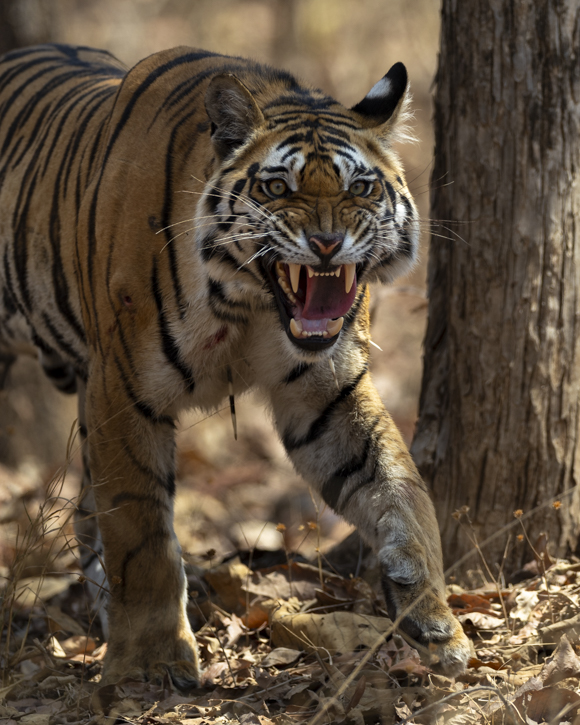
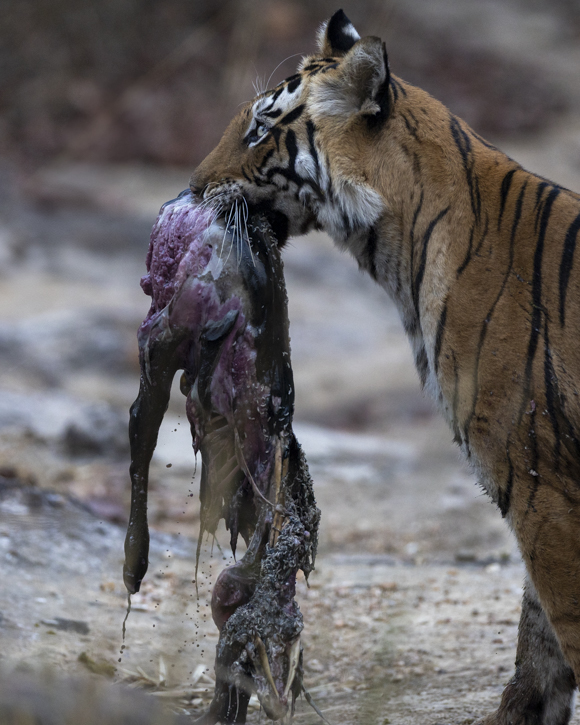
Our final stop on this unforgettable Indian wildlife journey brought us to Bandhavgarh National Park, a fitting finale for a trip built around tiger encounters. Known for having one of the highest tiger densities in the country, Bandhavgarh has long been a favorite among wildlife enthusiasts—and for good reason. With four nights here, we were hopeful for some last memorable sightings, and the park did not disappoint.
Over the years, Bandhavgarh has treated us to some of our most iconic tiger moments, and although this visit brought its own share of challenges—with some close calls and near-misses—it still delivered magic. Tigers with sub-adult cubs were spotted across different zones, offering fleeting glimpses of family life in the wild. One of the standout moments was catching sight of a tigress with three tiny cubs, barely eight weeks old. Even from a distance, watching them wobble and play under their mother’s watchful eye was absolutely heart-melting—a truly rare privilege.
But the real showstopper came during an early morning game drive. We rounded a bend to find a female tiger resting at a waterhole, her golden coat dappled in the soft dawn light. As we watched, she slowly approached the edge of the water and retrieved a prized kill she had hidden nearby—a strategy tigers often use to protect their meal from scavengers. What made the moment even more special was the intimacy of it all: just our two vehicles were present, making it feel like a private viewing of nature’s raw and majestic power.
Personally, this was the first time I had ever seen a tiger carrying its kill—a behavior rarely witnessed, and even more rarely photographed. It was the perfect culmination to a journey filled with unforgettable wildlife encounters, intimate moments in the jungle, and a deepening respect for the intricate lives of these elusive big cats.
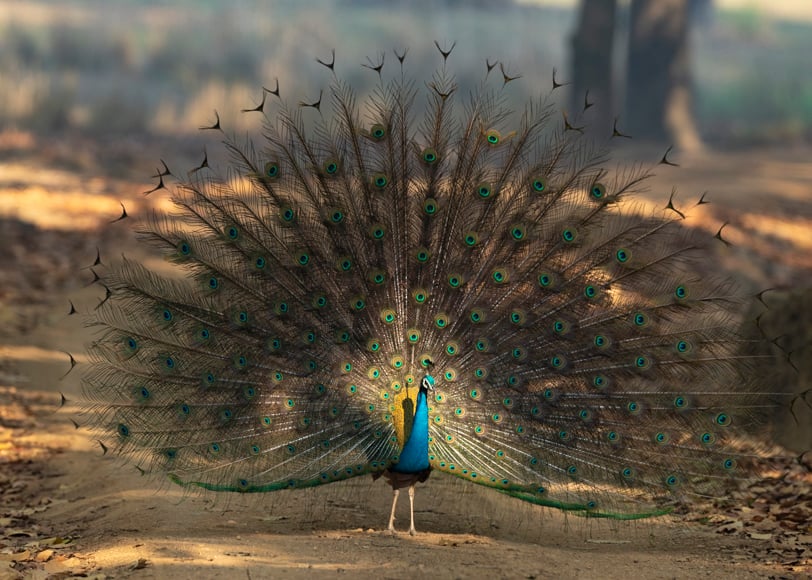
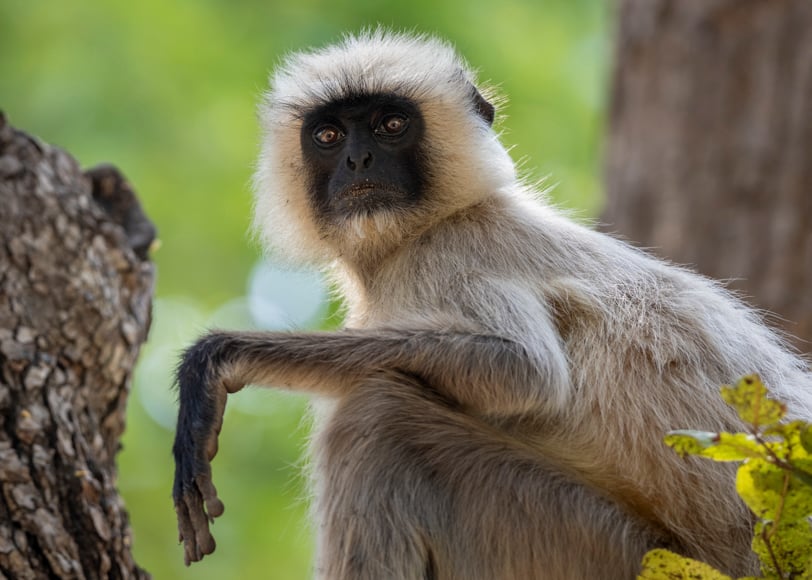

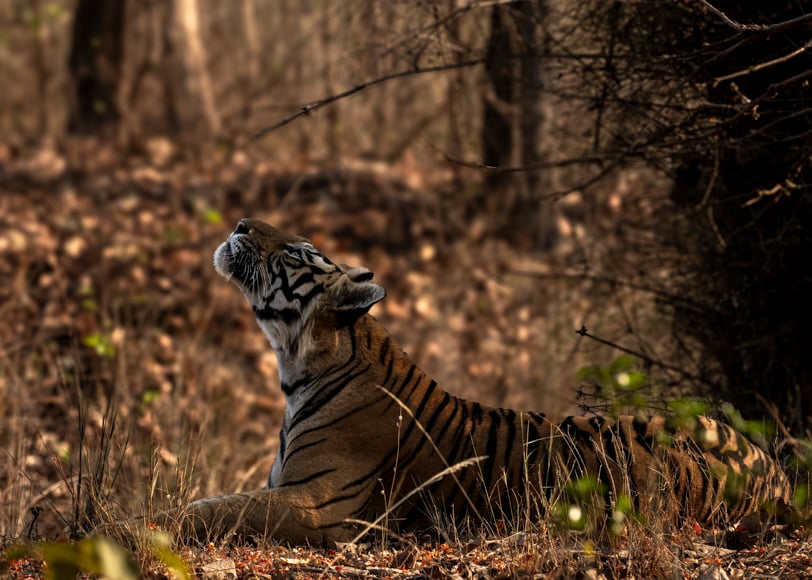
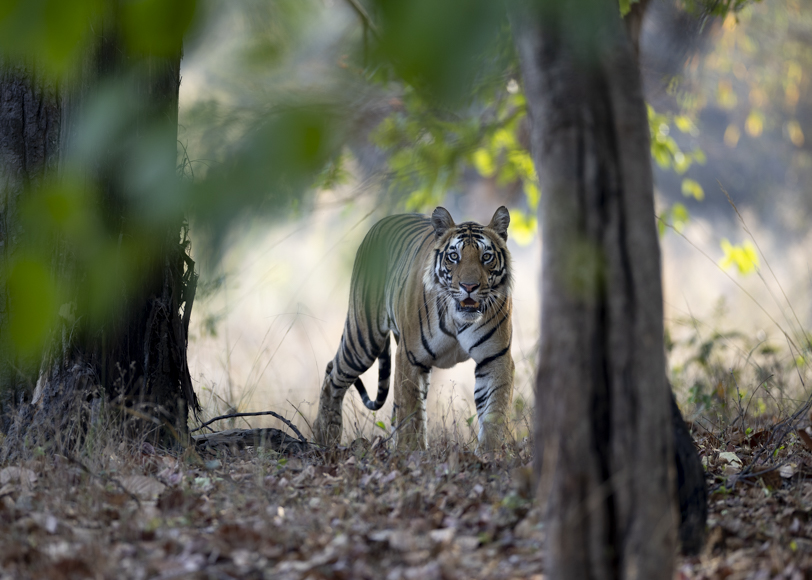
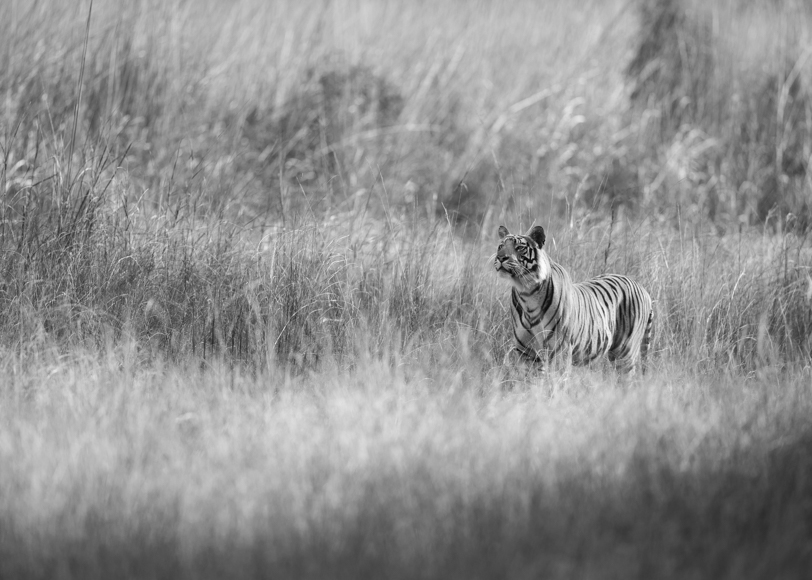
As we packed our bags and prepared to leave Bandhavgarh, there was a sense of fulfillment, but also a quiet melancholy. India’s national parks had opened their hearts to us—from the cubs of Tadoba to the Sal forests of Kanha, and now the drama and tenderness of Bandhavgarh. This journey wasn’t just about seeing tigers—it was about understanding them, feeling their presence, and walking for a while in their world.

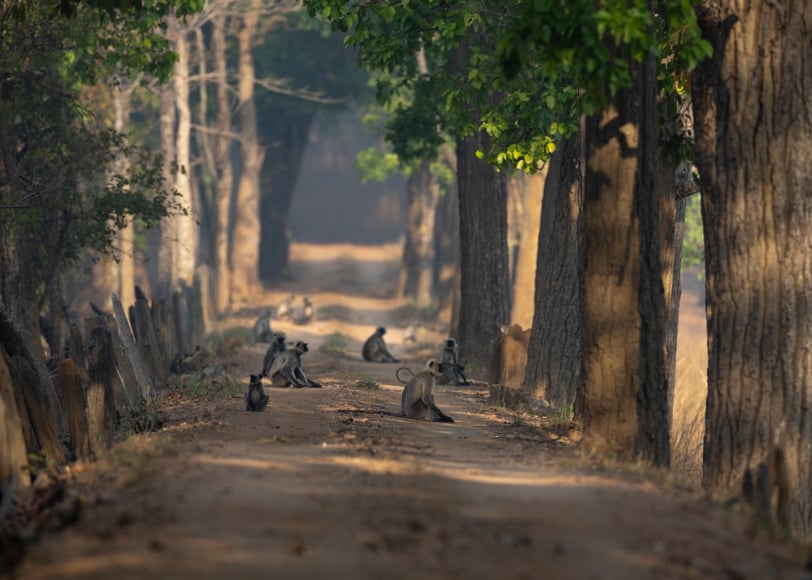
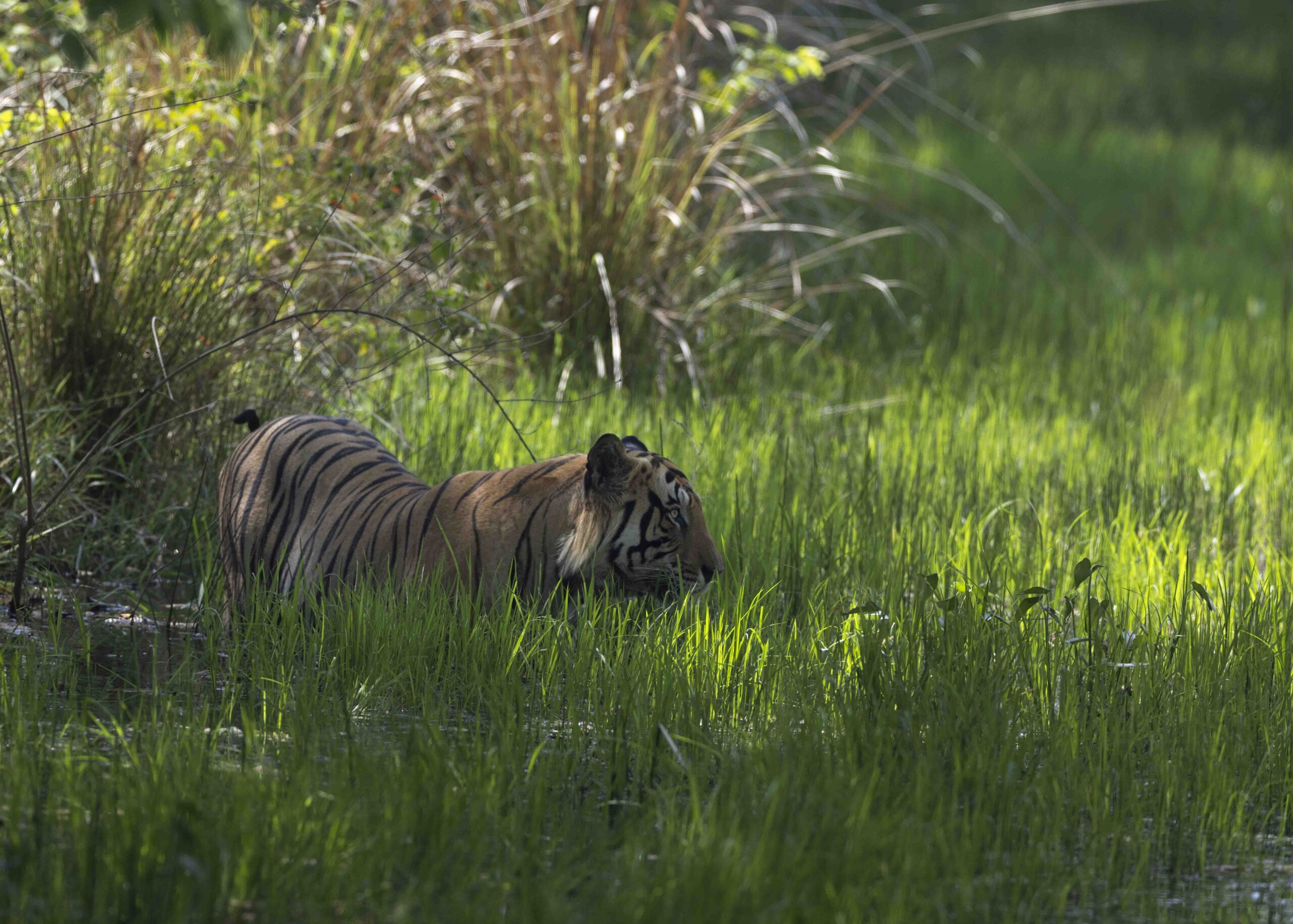
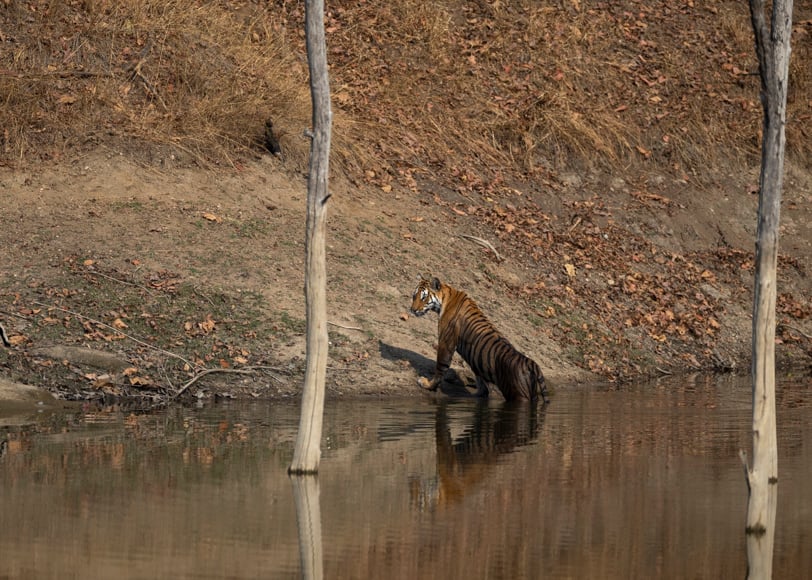
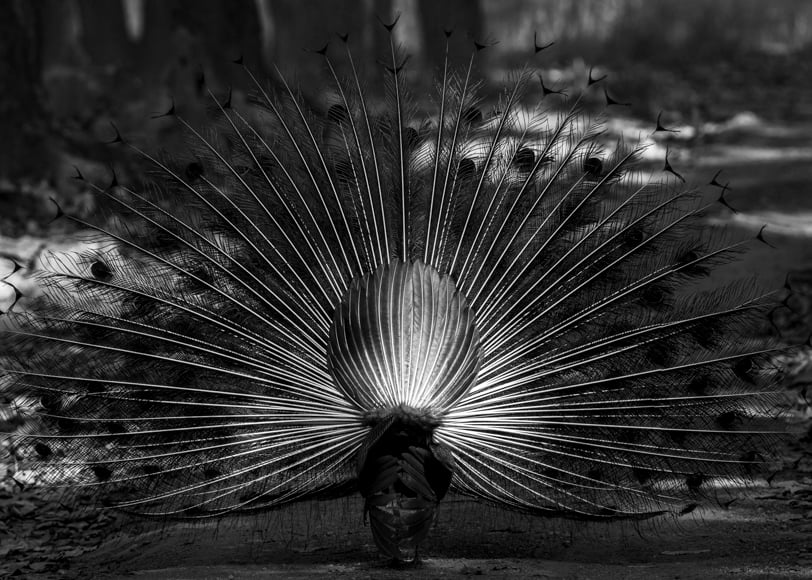
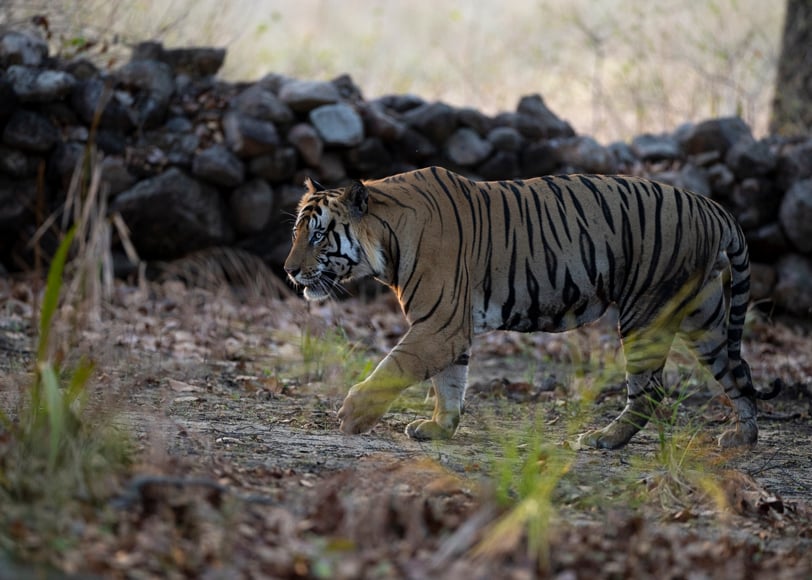
India, as different as it is from any other safari destination, has once again left us utterly in awe. While the thrill of seeing tigers in their natural habitat is undeniably the highlight, the magic of this journey lies far beyond a single species.
Each park we visited—Tadoba, Pench, Kanha, and Bandhavgarh—offered its own unique rhythm, ecosystem, and wildlife encounters. From the haunting calls of langurs echoing through the Sal forests to the vibrant flash of a kingfisher diving into still water, every moment reminded us of the rich tapestry of life thriving in these protected spaces.
What’s truly inspiring is the remarkable conservation work happening behind the scenes. The dedication of forest rangers, local communities, and conservationists plays a critical role in safeguarding these fragile habitats. Thanks to their tireless efforts, India’s national parks are not just sanctuaries for tigers, but for hundreds of species of birds, mammals, and plants—each part of a delicately balanced ecosystem.
Until next time,

Nature and the outdoors is something was instilled in me from a very young age, having grown up close the Kruger National Park. Most weekends were spent either visiting this iconic park looking for certain bird and mammal species or fishing at any given opportunity.

EXPERIENCE INDIA
Explore the rich wildlife and scenic diversity of India on the Incredible India Photo safari, a dedicated photographic journey through four of the country's top national parks, Tadoba, Pench, Kanha and Bandhavgarh.
